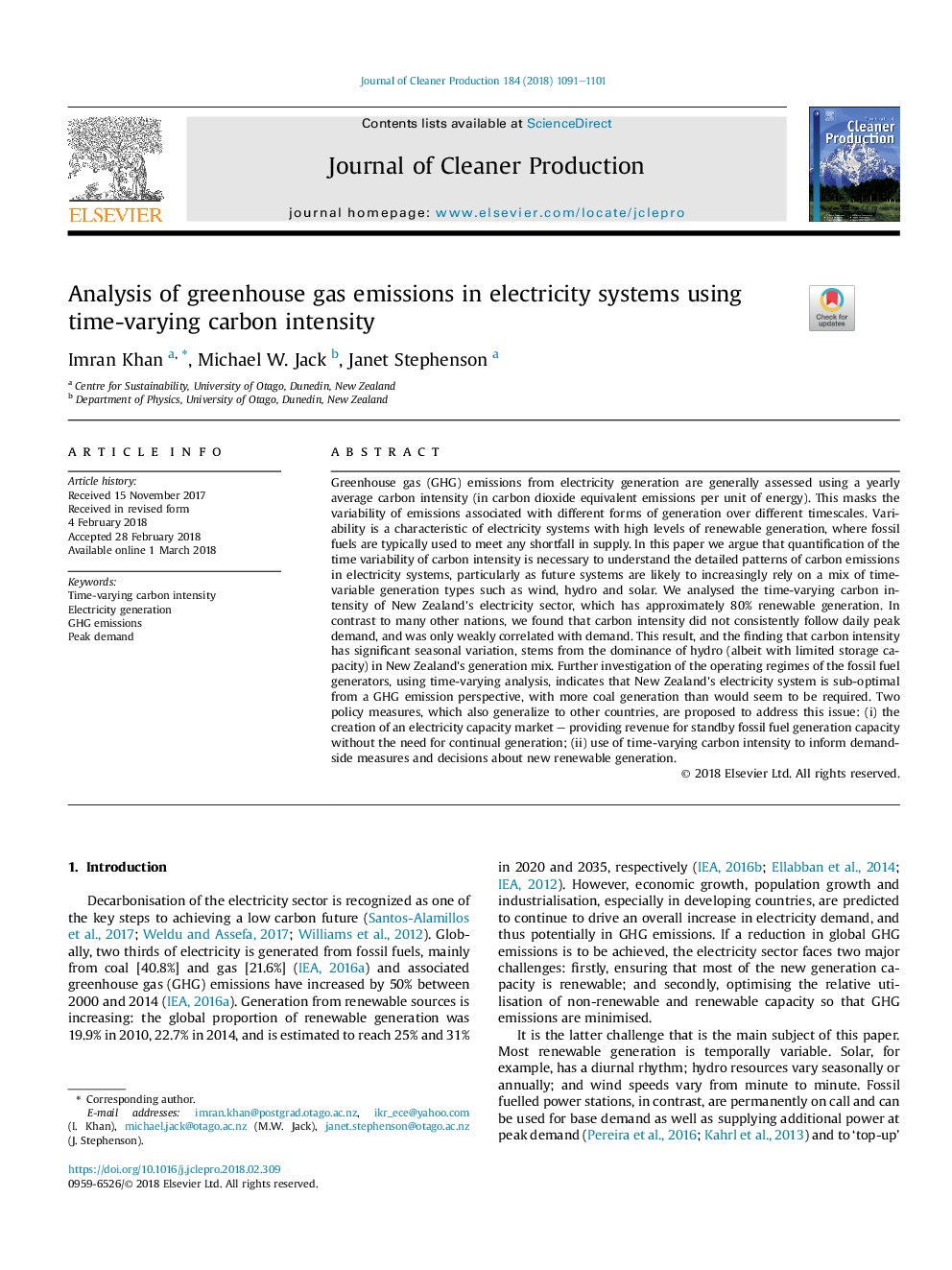ترجمه فارسی عنوان مقاله
تجزیه و تحلیل انتشار گازهای گلخانه ای در سیستم های برق با استفاده از شدت کربن متغیر زمان
عنوان انگلیسی
Analysis of greenhouse gas emissions in electricity systems using time-varying carbon intensity
| کد مقاله | سال انتشار | تعداد صفحات مقاله انگلیسی |
|---|---|---|
| 104840 | 2018 | 11 صفحه PDF |
منبع

Publisher : Elsevier - Science Direct (الزویر - ساینس دایرکت)
Journal : Journal of Cleaner Production, Volume 184, 20 May 2018, Pages 1091-1101
ترجمه کلمات کلیدی
شدت کربن متغیر زمان تولید برق، انتشار گازهای گلخانه ای، اوج تقاضا،
کلمات کلیدی انگلیسی
Time-varying carbon intensity; Electricity generation; GHG emissions; Peak demand;

